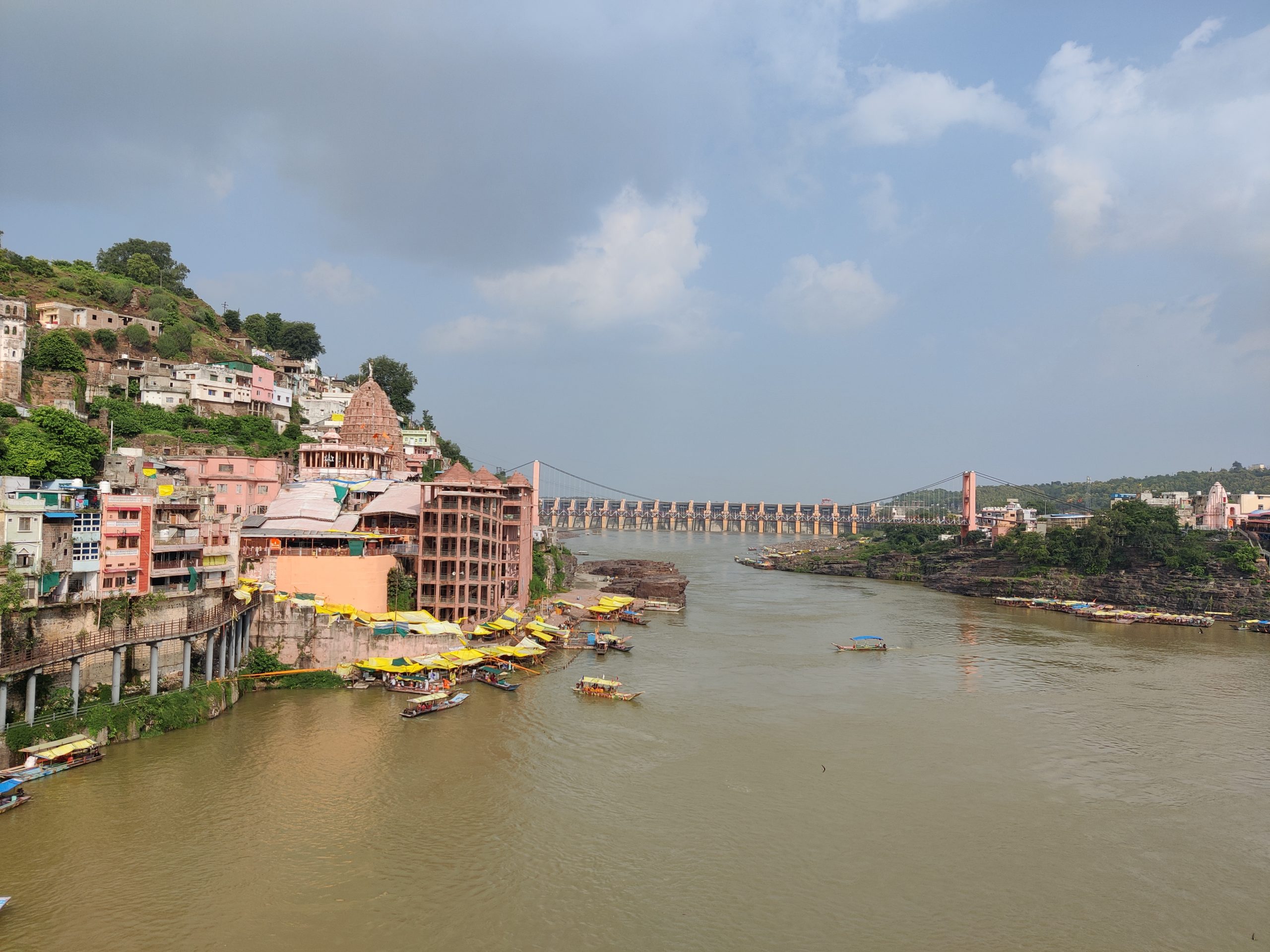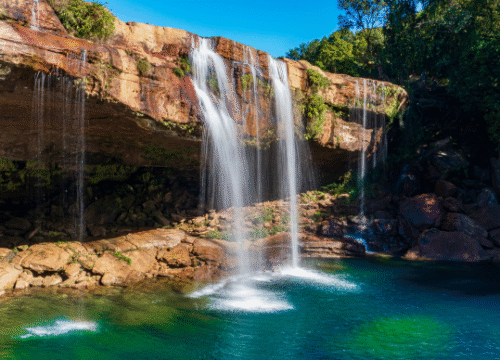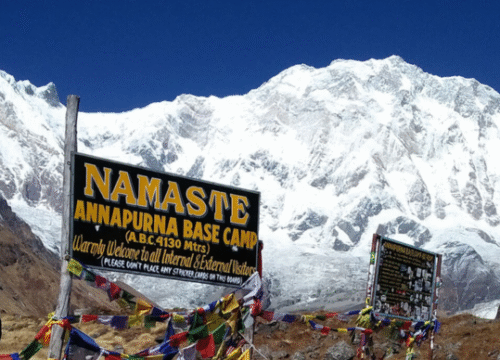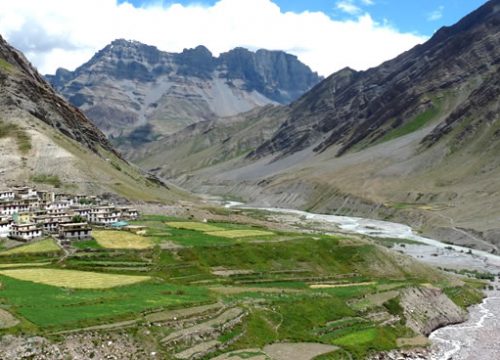Odisha: From Temple Towers to Sun Chariots, a Journey Through Sacred History.
Jagannath Temple is a revered Hindu shrine located in Puri, Odisha, on India’s eastern coast. It stands as one of the original Char Dham pilgrimage sites, alongside Badrinath, Dwarka, and Rameshwaram. The present temple was constructed from the 11th century onward by King Anantavarman Chodaganga of the Eastern Ganga dynasty, with later enhancements by his son Anangabhima-deva II It exemplifies Kalinga architecture, featuring the characteristic Rekha-deul (curvilinear tower) and Pidha-deul (tiered pavilion) structures. The Konark Sun Temple is located in Konark, roughly 35 km northeast of Puri, on the coast of Odisha, India. It was constructed around 1250 CE by King Narasingha Deva I of the Eastern Ganga dynasty. The temple stands as a stunning example of Kalinga (Orissa) architecture, representing one of the pinnacles of Hindu architectural tradition. The temple is conceptualized as a massive stone chariot dedicated to the Sun God (Surya), complete with twelve pairs of wheels and seven horses pulling it. The twelve wheels symbolize the twelve months of the year; the seven horses represent the days of the week. The eight spokes in each wheel signify intervals of the day, serving as sundials
Tour Highlights:
1. Shree Jagannath Temple (Puri)
- Supreme Spiritual Significance: One of the most sacred pilgrimage centers for Hindus, forming one of the four Char Dhams (four divine abodes).
- Unique Deities: The main deities—Lord Jagannath, his brother Balabhadra, and sister Subhadra—are made of unique neem wood logs (Daru Brahma) and are ceremonially replaced every 12 or 19 years in a grand ritual called Naba Kalebara.
- Mahaprasad: Home to one of the world’s largest temple kitchens, which prepares and distributes Mahaprasad (sanctified food) daily to thousands of devotees.
- Ratha Yatra: The starting point of the world-famous annual Chariot Festival (Ratha Yatra).
- Architectural Marvel: A towering 12th-century marvel representing the Kalinga style of architecture.
2. Omkareshwar Temple (Puri)
- Local Importance: While the famous Jyotirlinga is in Madhya Pradesh, the Omkareshwar Temple in Puri is a significant local shrine dedicated to Lord Shiva, usually visited by devotees after the main Jagannath Temple darshan.
- Harihara Worship: Reflects the dual worship of Lord Shiva and Lord Vishnu prevalent in the region.
3. Sun Temple (Konark)
- UNESCO World Heritage Site: Recognized globally for its outstanding universal value.
- Monumental Architecture: Designed as a gigantic ceremonial chariot of the Sun God Surya, with 12 pairs of elaborately carved stone wheels and seven horses pulling it.
- Kalinga Style Climax: Considered the zenith of the Kalinga style of temple architecture.
- Intricate Sculpture: Famous for its sophisticated and detailed sculptural work, including the legendary Maithunas (erotic carvings) and the Sun Dial Wheels, which can accurately tell the time of the day.
4. Lingaraj Temple (Bhubaneswar
- Quintessence of Kalinga Architecture: The largest and most prominent landmark in Bhubaneswar, representing the pinnacle of the Kalinga temple building tradition, with a central tower soaring to approximately 180 feet.
- Harihara Deity: The presiding deity is a unique form called Harihara—a combined image of Lord Shiva and Lord Vishnu, symbolizing the unity of the two major Hindu sects.
- Components: The entire complex features the fully developed four-chamber design: Vimana (sanctum), Jagamohana (assembly hall), Nata Mandira (dance hall), and Bhoga Mandapa (hall of offerings).
5. Dhauli Shanti Stupa (Peace Pagoda) (Bhubaneswar)
- Ashoka’s Transformation Site: Built on the hills overlooking the Daya River, this is the historic site of the Kalinga War, which caused Emperor Ashoka to renounce warfare and embrace Buddhism.
- Symbol of Peace: The large, white Peace Pagoda (Shanti Stupa), built by the Kalinga Nippon Buddha Sangha in the 1970s, stands as a global symbol of peace and non-violence.
- Ashokan Rock Edicts: Features the original Rock Edicts of Emperor Ashoka at the base of the hill, containing his messages of good conduct and welfare.
- Panoramic Views: Offers expansive, beautiful views of the surrounding plains and the Daya River.
6. Khandagiri & Udayagiri Jain Caves (Bhubaneswar)
- Ancient Rock-Cut Shelters: These are partly natural and partly artificial caves dating back to the 2nd Century BCE (over 2,200 years old).
- King Kharavela’s Patronage: Excavated primarily for the abode of Jain monks during the reign of King Kharavela of the Kalinga dynasty.
- Historical Inscriptions: Hathi Gumpha (Elephant Cave) at Udayagiri contains the famous and historically significant inscription of King Kharavela.
- Sculptural Friezes: Caves like Rani Gumpha (Queen’s Cave) feature elaborate sculptural friezes depicting mythological and royal scenes, offering a valuable peek into ancient Kalinga life and art.
7. Golden Beach & Blue Flag Beach (Puri)
- Blue Flag Certification: A distinct section of Puri’s Golden Beach has been awarded the prestigious ‘Blue Flag’ eco-label, signifying it meets high international standards for cleanliness, safety, and environmental management.
- Safety and Amenities: Features world-class, eco-friendly infrastructure including trained lifeguards, clean bio-toilets, solar-powered lighting, and designated safe bathing zones.
- Scenic Beauty: Known for its wide stretch of golden sand and spectacular views of both sunrise and sunset over the Bay of Bengal.
- Relaxation and Activities: Offers a clean, serene environment ideal for peaceful walks, yoga, and various beach activities, including designated sports zones.




